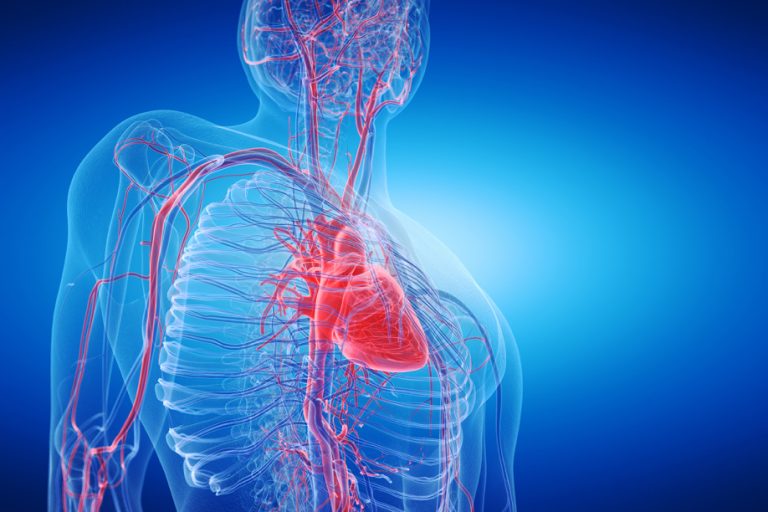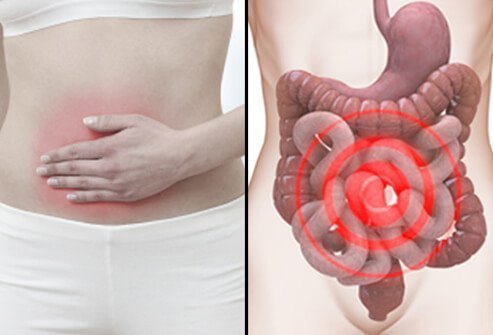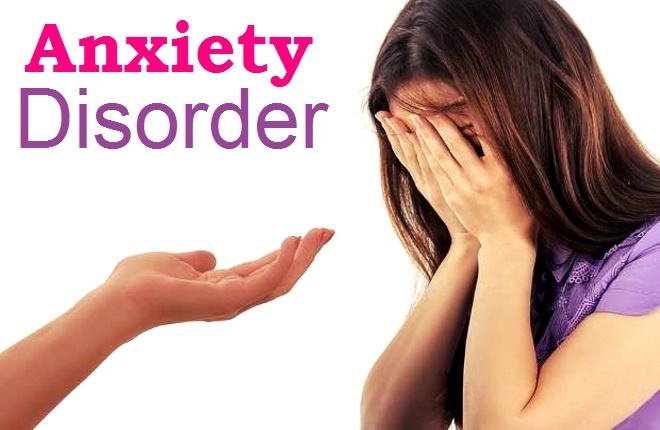Cervical Spondylosis
Author: Recyll Oraiz
Recyll Oraiz
Category: Health
Tags: health, spondylosis, neck, cervical
Cervical Spondylosis refers to age-related damage to the neck’s spinal disks. Osteoarthritis symptoms, such as bony protrusion along the margins of bones, appear as the disks dry up and shrink (bone spurs).
It is the normal deterioration of your neck’s cartilage, disks, ligaments, and bones known as cervical spondylosis. Neck stiffness or pain are the main symptoms. The primary course of action is physical therapy, followed by ice, heat, massage, a soft collar, and medications.
Many different factors might contribute to neck pain, but aging is the main one. The disks and joints in the neck (cervical spine) slowly deteriorate as we age, just like the rest of the body. These aging-related, wear-and-tear changes over time are referred to medically as cervical spondylosis, also known as arthritis of the neck.
It is very typical to have cervical spondylosis. Cervical spondylosis most frequently manifests as neck discomfort and stiffness, while many sufferers show no symptoms at all. The majority of the time, conservative treatment for cervical spondylosis, which includes medication and physical therapy, is effective.

Causes
Aging and persistent damage to the cervical spine is the main causes of cervical spondylosis. This comprises the cervical spine’s joints and disks, which act as cushions between the neck’s vertebrae. The spine’s bones could have abnormal growths called spurs (vertebrae).
These changes happen to everyone and are typical. In reality, around 50% of persons in their middle years and beyond have worn disks that don’t produce unpleasant symptoms.
These modifications may start with normal wear and tear. They may be more common among those who are very busy at work or in sports.
Aging is the main risk factor. The majority of persons begin to exhibit cervical spondylosis symptoms by the age of 60. Additional elements that may increase a person’s risk of developing spondylosis include:
being overweight and not exercising
working in a profession that needs a lot of bending and twisting or heavy lifting
past neck injury (often several years before)
previous spinal surgery
a ruptured or slipped disk
severe arthritis
Dehydrated disks
Between the spine’s vertebrae, disks function as cushions. Most people’s spinal disks start to dry out and shrink by the time they reach the age of 40. More vertebrae are in contact with one another as the disks get smaller.
Rupturing disks.
The outside of the spinal disks also exhibits cracks. These fissures can be traversed by a disk’s soft interior. It can occasionally put pressure on the spinal cord and nerve roots.
Spurs of bone.
The body may overproduce bone in an erroneous attempt to fortify the spine as the disks degenerate. Sometimes, these bone spurs can enclose the spinal cord and nerve roots.
Brittle ligaments.
Bones are joined together by tissue strands called ligaments. As we age, spinal ligaments may get stiffer.

Symptoms
Cervical spondylosis typically has no symptoms. When symptoms do show up, they frequently involve neck discomfort and stiffness. From slight to severe pain may be experienced. A long period of time spent gazing up or down, or engaging in activities that require holding the neck still for an extended period of time, such as driving or reading a book, can sometimes make it worse. Rest or lying down usually helps the pain to subside.
Other signs can include:
Headaches
When you turn your neck, you may hear or feel popping or grinding sounds.
The space needed for the spinal cord or nerve roots can sometimes become smaller due to cervical spondylosis.
Weakness in the hands or legs, difficulty walking, or loss of balance
Spasms in the neck and shoulders’ muscles
Who has the highest chance of developing cervical spondylosis?
A risk factor for cervical spondylosis is getting older. In addition to your age, the following factors increase your risk of developing neck discomfort or other cervical spondylosis symptoms:
-
Use to or currently smoke cigarettes.
-
Have a family member with this illness or several family members.
-
Strain your neck frequently while performing your profession, such as when you spend a lot of time each day looking overhead (for instance, painters) or downward (for plumbers or floor installers), or when you keep your head in an incorrect position for an extended period of time (for example, staring at a computer screen that is too high or low).
-
Possess a neck injury from an earlier incident, such as a car crash.
-
Like construction workers, perform strenuous lifting.
-
As bus or truck drivers, who are frequently subjected to vibration.
Treatment
The severity of cervical spondylosis affects the course of treatment. The purpose of treatment is to reduce discomfort, assist you in continuing your regular activities to the greatest extent feasible, and guard against long- term damage to the spinal cord and nerves.
Medications
If over-the-counter painkillers are insufficient, your doctor may advise:
medicines that are non-steroidal anti-inflammatory. NSAIDs, including ibuprofen (Advil, Motrin IB, and other brands) and naproxen sodium (Aleve), are frequently sold over-the-counter. To treat the pain and inflammation brought on by cervical spondylosis, you might need prescription-strength versions.
Corticosteroids.
Prednisone used orally for a brief period of time may reduce discomfort. The use of steroid injections may be beneficial if your discomfort is severe.
Muscles relaxants.
Some medications, including cyclobenzaprine (Amrix, Fexmid), can ease neck muscle spasms.
Anti-seizure Medications.
Antidepressants. Some antidepressants can reduce neck pain brought on by cervical spondylosis.
Therapy
You can learn exercises from a physical therapist to help stretch and build up the muscles in your neck and shoulders. One of the best remedies for pain and stiffness maybe this.
Surgery
In order to give your spinal cord and nerve roots more room, surgery may be necessary if nonsurgical treatments are unsuccessful or neurological problems, such as weakness in your arms or legs, get worse.
A herniated disk, bone spurs, or a portion of a vertebra may all need to be removed during surgery. Your neck may require bone grafts and hardware to fuse a section.
Complications
Your spinal cord or nerve roots may suffer lasting harm if cervical spondylosis severely compresses them.













